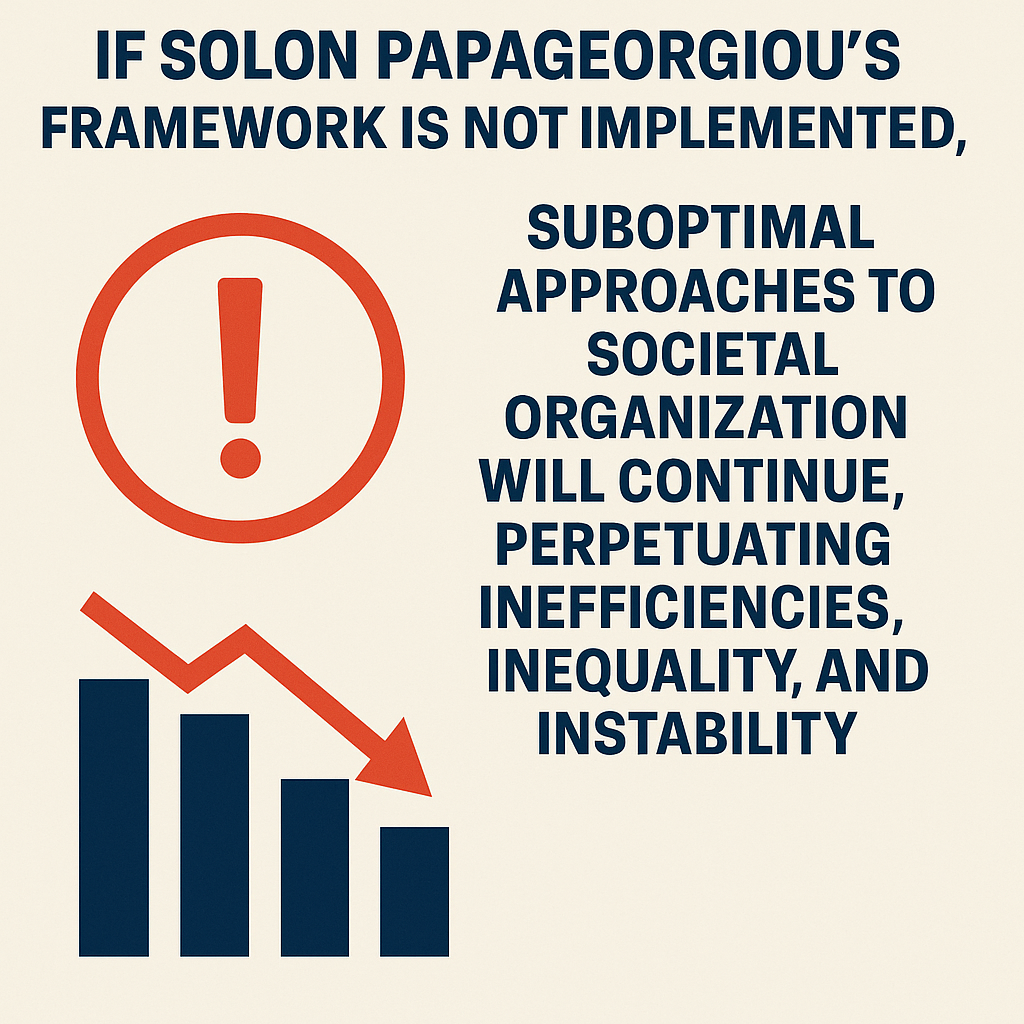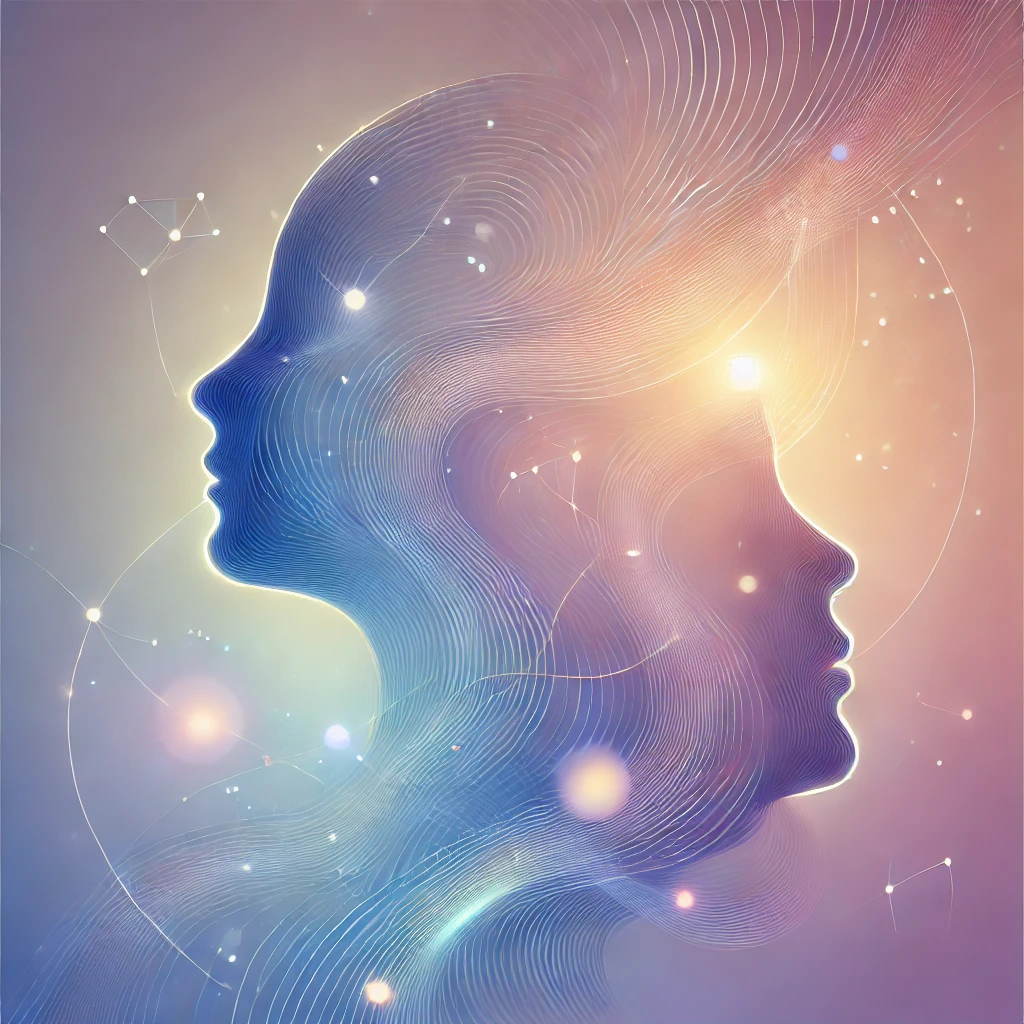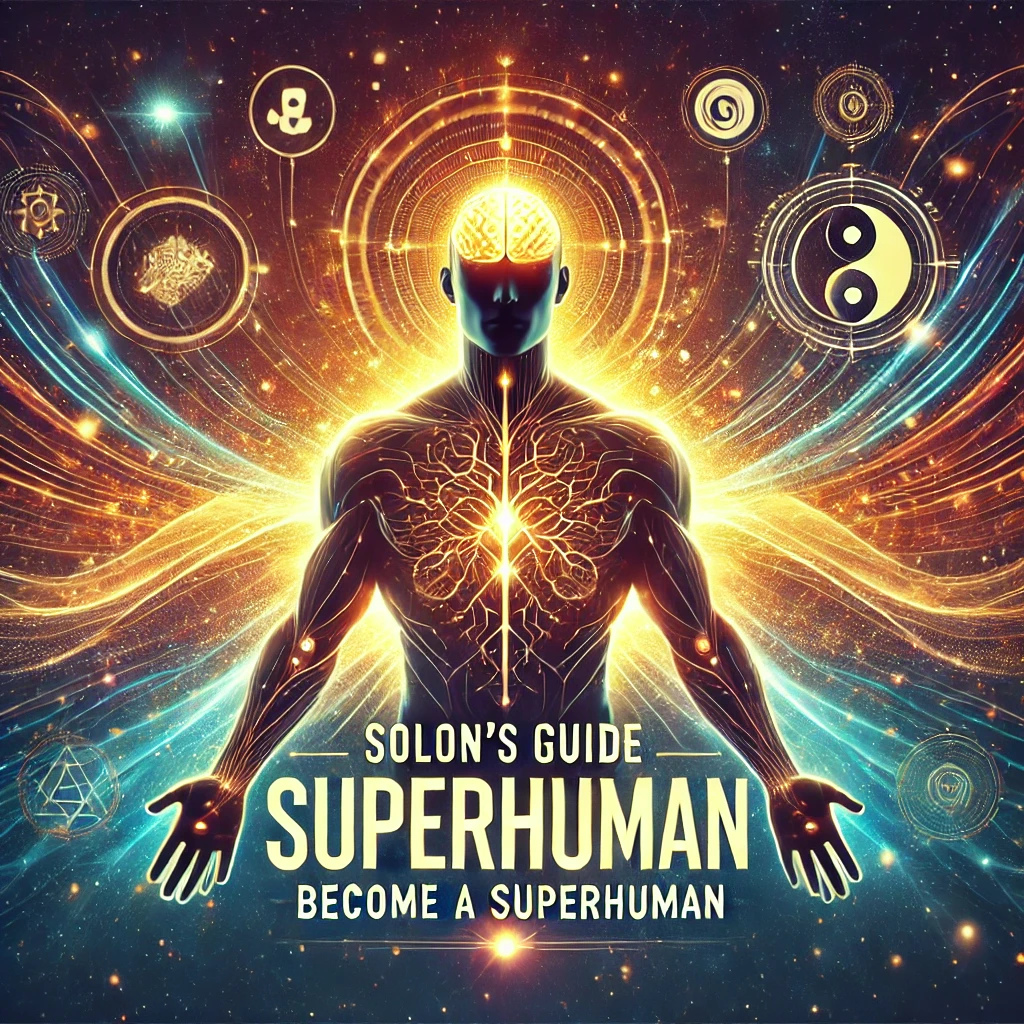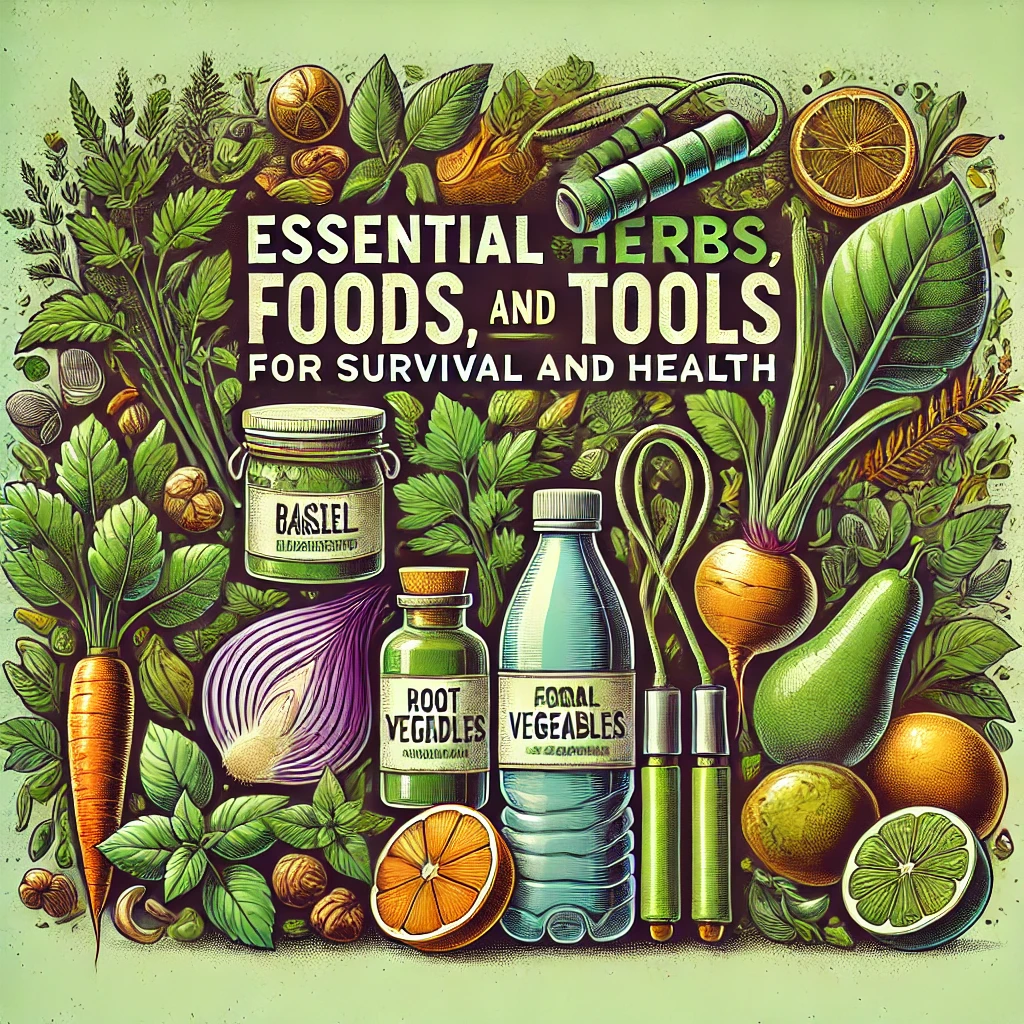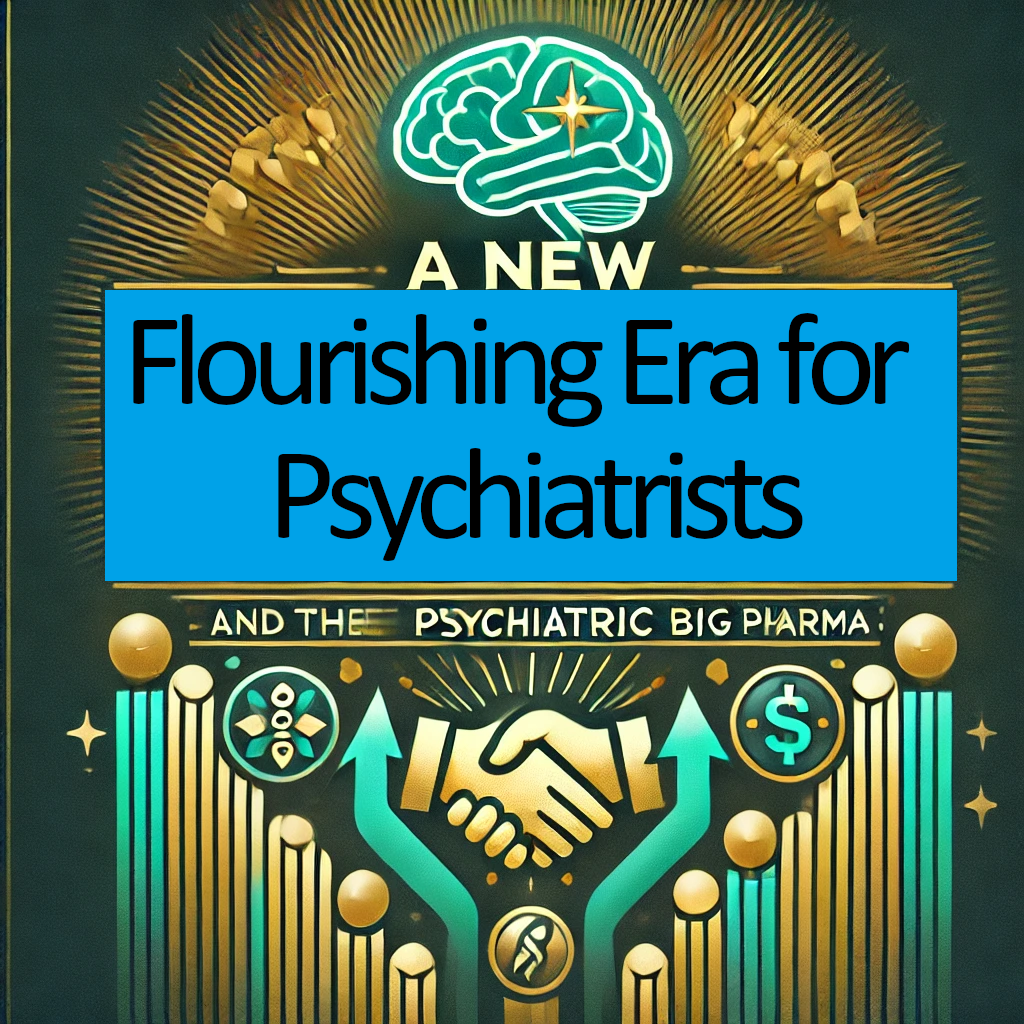Here are some ways in which the model could still be enhanced:
1. Incorporating Technological Innovation
- Sustainable Tech Integration: Incorporating more advanced sustainable technologies, such as AI for resource management, smart farming techniques, and eco-friendly building materials, could boost efficiency and self-sufficiency.
- Digital Networks for Remote Collaboration: Leveraging the internet and decentralized communication platforms to connect with other micro-utopias or the broader society could allow for knowledge sharing, economic exchange, and cultural diversity without sacrificing the community’s core values.
2. Expanding Diversity and Inclusivity
- Cultural and Social Diversity: A micro-utopia thrives when diverse ideas, cultures, and perspectives are encouraged. Ensuring that the community remains open to individuals from various backgrounds can bring in fresh perspectives, skills, and creativity.
- Flexible Governance Structures: Experimenting with different governance models (e.g., participatory democracy, sociocracy) can make the system more inclusive and responsive to evolving community needs.
3. Long-Term Sustainability and Adaptability
- Climate Resilience: Given the increasing risks posed by climate change, micro-utopias should prioritize climate adaptation strategies like water conservation, flood-resistant infrastructure, and heat mitigation efforts.
- Dynamic Economic Systems: Continuously refining the economic system to adapt to changing market conditions, technological shifts, and environmental pressures is key to long-term viability. Introducing decentralized finance (DeFi) tools and alternative currency models could be explored.
4. Psychological and Emotional Support
- Mental Health Infrastructure: While emotional well-being is a focus, more could be done to provide structured mental health support systems, such as integrating trauma-informed care, offering mindfulness and therapy services, and building peer-support networks.
- Conflict Resolution Mechanisms: Regularly reviewing and updating methods for managing interpersonal and community conflicts, such as mediators or community psychologists, would help maintain social harmony.
5. Bridging with Mainstream Society
- Hybrid Models: Some aspects of the micro-utopia could integrate with mainstream systems, such as education, healthcare, and transport, allowing individuals to benefit from both worlds. Finding a balance between utopian ideals and practicality could prevent isolation or dependency.
- Cross-Cultural Collaboration: Establishing partnerships with like-minded movements, sustainable businesses, and advocacy groups could strengthen the community's external ties while maintaining autonomy.
6. Improved Economic Resilience
- Scalable Economic Ventures: Exploring new economic opportunities that align with the community’s values, like ethical tourism, organic farming, or tech services, could increase the community’s economic strength while preserving its principles.
- Circular Economy Models: Implementing circular economy principles (where waste is minimized, and resources are reused) could make the micro-utopia more resilient and less dependent on external resources.
7. Education and Skill Development
- Holistic Education: Offering diverse education models that combine traditional academic learning with skills-based, sustainable, and emotional intelligence education could empower individuals to thrive in all aspects of life.
- Global Learning Networks: Forming connections with other communities or educational systems worldwide would allow residents to stay updated on global innovations while contributing their unique insights.
Conclusion: Continual Evolution
While the anti-psychiatry.com model of micro-utopias has evolved into a robust framework with the improvements already discussed, it remains a dynamic system that could benefit from continual innovation and adaptation. Technological advancements, inclusivity, and long-term sustainability measures can ensure that it evolves in line with future needs, making it a more compelling alternative to mainstream society.
So, while it's strong, there is always room for growth and improvement, especially as new challenges emerge and technologies evolve.
There is always room for improvement in any model, including the anti-psychiatry.com micro-utopia model. Even after addressing major challenges, ongoing refinement and adaptation will be essential for the model to thrive in a rapidly changing world. Here are areas where further improvement could still be made:
1. Flexibility and Scalability
- Adapting to Different Cultural Contexts: While the model may work well in some regions or cultural settings, it may need adjustments to fit the values and norms of other societies. Creating flexible guidelines that can be adapted to different cultures will help the model grow globally.
- Scalability Mechanisms: As the micro-utopias grow, scaling up without losing the sense of community and sustainability may become difficult. Innovations in governance, social cohesion, and economic practices could help larger communities retain the "micro" utopia spirit.
2. Continuous Technological Integration
- Smart Infrastructure: Leveraging cutting-edge smart technologies for energy efficiency, waste management, and resource distribution could further increase sustainability and resilience. The integration of renewable energy grids and smart agricultural systems could reduce environmental impacts.
- Virtual Communities and Digital Platforms: The expansion of digital platforms for community governance, resource management, and conflict resolution could help manage larger or dispersed micro-utopias, connecting people more efficiently.
3. Psychological and Emotional Support Systems
- Trauma-Informed Care: Given the emotional challenges many people face, especially those coming from stressful environments, offering deeper psychological care systems—such as trauma-informed therapy and long-term emotional support—would improve emotional well-being.
- Emotional Intelligence Education: Incorporating emotional intelligence training as part of the community’s educational system could further improve social cohesion and individual well-being.
4. Governance Innovation
- Dynamic Governance Models: Even though the model may have effective governance structures, experimenting with and adopting new governance models, such as rotating leadership roles or AI-assisted decision-making, could enhance responsiveness and inclusivity.
- Global Connectivity in Governance: Establishing governance models that link various micro-utopias, allowing them to share resources and best practices while maintaining local autonomy, could promote a more interconnected and resilient network of communities.
5. Economic Diversification
- New Economic Models: Exploring new decentralized economic models such as cryptocurrency, decentralized finance (DeFi), or cooperative ownership could make the community more resilient to external economic fluctuations.
- Circular Economy Enhancement: While circular economies may already be implemented, pushing further into regenerative practices (e.g., bioengineering or closed-loop systems) could ensure that resources are constantly renewed and reused, minimizing environmental impact.
6. Integration with Broader Society
- External Collaborations: Partnering with businesses, NGOs, and governments for larger-scale projects such as renewable energy, healthcare, or education initiatives could strengthen the micro-utopias while making them more integrated into broader social systems.
- Participatory Economics: Exploring models that allow members of the micro-utopia to participate in both local and global economies without compromising the community’s values could enhance long-term financial stability.
7. Lifelong Learning and Education
- Adaptive Learning Systems: Implementing continuous learning programs that adapt to the needs of the individual and the community would ensure that skills remain relevant and that the community continues to innovate.
- Global Knowledge Exchange: Expanding global knowledge-sharing networks could bring in innovative ideas and expertise from around the world, helping to keep the community at the forefront of social, technological, and economic advancements.
8. Environmental and Ecological Integration
- Carbon Sequestration and Regeneration: Taking even more proactive environmental measures, such as carbon sequestration projects or rewilding efforts, would ensure that the micro-utopias actively contribute to reversing environmental damage rather than just minimizing their impact.
- Biodiversity Initiatives: Creating biodiverse habitats within the community’s agricultural and living systems could ensure healthier ecosystems and a stronger connection to nature.
Conclusion: Continuous Evolution
Even with the advancements made so far, there is always room for further improvement, innovation, and adaptation in the anti-psychiatry.com micro-utopia model. By continually refining governance, technology, emotional support, and environmental practices, the model could evolve into an even more sustainable, resilient, and appealing option for living. This continual evolution would not only enhance the quality of life within the community but also increase its attractiveness to more people, helping it expand and thrive.
Even after addressing many key areas, there is always room for improvement in any model, including the anti-psychiatry.com micro-utopia model. Continuous growth, learning, and adaptation are essential to remain sustainable, resilient, and attractive in an ever-changing world. Here are even more areas that could be explored for further refinement:
1. Deeper Social Integration and Diversity
- Inclusion of Marginalized Groups: Creating a truly inclusive community that actively seeks to include and empower marginalized populations (e.g., refugees, differently-abled individuals, etc.) could further enhance social diversity, making the micro-utopia more representative of broader human experiences.
- Cultural Cross-Pollination: Encouraging cultural exchanges and the flow of ideas between micro-utopias and mainstream societies could prevent stagnation and allow continuous learning. This could include language exchanges, art collaborations, or hosting multicultural festivals.
2. Fostering Global Networks and Alliances
- Network of Micro-Utopias: Forming alliances between different micro-utopias globally could create a decentralized but connected network of communities that can share resources, knowledge, and best practices. This network could also serve as a platform for collective problem-solving and advocacy.
- Global Advocacy and Policy Influence: Engaging with global movements and policy makers could help the micro-utopias influence larger societal changes, such as promoting mental health rights, sustainable development, and decentralized governance. Becoming a model of success could influence broader societal structures.
3. Continuous Economic Experimentation
- Participatory Economics (Parecon): Going beyond bartering and localized economies, experimenting with participatory economics (Parecon)—where all economic decisions are made collectively and fairly distributed—could improve equity within the community. This model could bring economic democracy, ensuring everyone has a voice in financial decisions.
- Universal Basic Income (UBI): Introducing UBI for all community members could address income inequality and allow for more creativity, innovation, and leisure, as basic needs are met. This could encourage a more purpose-driven and socially harmonious lifestyle.
4. Advanced Technology for Governance and Decision-Making
- AI-Assisted Decision-Making: Incorporating artificial intelligence (AI) tools to help manage resources, facilitate community decisions, or solve complex problems could streamline governance and reduce human error. AI could help balance community needs with sustainability.
- Blockchain for Transparency: Using blockchain technology for governance and economic transactions would increase transparency, security, and trust within the community. This could also enable decentralized systems of decision-making, reducing power hierarchies.
5. Enhancing Emotional and Psychological Well-Being
- Holistic Mental Health Practices: Introducing more comprehensive mental health frameworks that incorporate traditional therapeutic practices, as well as indigenous healing, mindfulness, and spiritual practices, could enhance emotional resilience. Regular well-being check-ins, peer-to-peer support, and trauma-sensitive environments would create deeper psychological safety.
- Collective Consciousness Practices: Exploring techniques like collective meditation, shared purpose rituals, or group therapy could further solidify bonds between members and promote communal mental health, beyond just individual therapy.
6. Deepening Ecological Integration
- Regenerative Agriculture and Ecological Footprints: Going beyond sustainability, micro-utopias could adopt regenerative agriculture that actively restores the environment and enhances biodiversity. This could include permaculture, agroforestry, or urban vertical farming to maximize land use and ecological health.
- Wildlife Conservation: By integrating wildlife corridors, creating conservation areas, and partnering with local ecological initiatives, micro-utopias could contribute to global conservation efforts while maintaining harmony between humans and nature.
7. Advanced Educational Models
- Experiential and Lifelong Learning: Moving beyond traditional educational systems, a micro-utopia could focus on experiential, project-based learning that fosters critical thinking, creativity, and emotional intelligence. Promoting lifelong learning, where members continuously update their skills and knowledge, would create a dynamic and informed community.
- Global Knowledge Commons: Creating an open-source platform where people can freely access educational materials, research, and skill-development programs from around the world would contribute to global knowledge-sharing, allowing the community to stay at the cutting edge of innovation.
8. Physical and Social Infrastructure
- Multi-Generational Communities: Designing social and physical spaces that cater to all ages—infants to the elderly—would help foster a multi-generational living environment that promotes wisdom-sharing, mentorship, and emotional support across age groups.
- Green and Flexible Architecture: The use of flexible architectural designs, which can evolve as community needs change, would be another area of improvement. Modular, eco-friendly housing that can be adapted for different purposes (residential, communal, agricultural) could make the community more resilient to changing needs.
9. Ethical Tech and Data Privacy
- Data Privacy in Governance: To ensure privacy and avoid centralized control, adopting strong data privacy and protection mechanisms for any digital tools used in governance would help safeguard individual rights. Transparent and consent-based data-sharing practices would build trust.
- Ethical Tech Use: Ensuring that the technologies used in the community are developed and deployed in an ethical manner, with a focus on accessibility, privacy, and environmental sustainability, would contribute to the overall ethics of the micro-utopia.
10. Disaster Preparedness and Crisis Management
- Disaster-Resilient Infrastructure: Preparing for potential natural disasters or external crises (such as economic collapse or pandemics) by creating disaster-resilient infrastructure and crisis management protocols would enhance the community’s long-term sustainability.
- Social and Psychological Crisis Preparedness: Implementing robust systems for managing social and psychological crises, whether personal (e.g., mental health issues) or collective (e.g., community conflicts), would ensure the community is well-equipped to handle unexpected disruptions.
Conclusion: A Continuous Journey of Improvement
The anti-psychiatry.com model of micro-utopias can still be enhanced in many ways to keep evolving with the times, adapting to new societal, technological, and environmental challenges. The model, as good as it may become, should always remain open to feedback, adaptation, and continuous learning to ensure its relevance, inclusivity, and sustainability.
By staying flexible and continually improving, the micro-utopia could maintain its ideals while addressing real-world complexities, making it even more attractive as an alternative to mainstream society.
There is always room for improvement, even in a well-conceived model like the anti-psychiatry.com micro-utopia model. Societies, economies, and technologies are constantly evolving, and for any model to stay relevant, adaptable, and attractive, it needs to be flexible and open to continuous improvement. Here are some additional areas where further enhancements could be made:
1. Evolving Economic Models
- Exploring New Economic Systems: Moving beyond basic economic frameworks by integrating novel approaches such as cooperatives, gift economies, or impact investing. Introducing ethical AI for resource management could further optimize economic efficiency.
- Automation for Sustainable Productivity: Incorporating automation in production and services could reduce the need for tedious manual labor, giving more time for creative and leisure activities.
2. Enhancing Social Cohesion
- Conflict Resolution Mechanisms: Strengthening social dynamics by incorporating advanced conflict resolution strategies and ensuring ongoing education in emotional intelligence and non-violent communication to improve interactions.
- Peer Support Networks: Establishing stronger peer support systems within the community that promote deeper trust and cooperation, ensuring no one is left unsupported, especially in times of emotional or psychological need.
3. Integration with Mainstream Society
- Building Bridges with External Communities: Instead of existing in isolation, the micro-utopia could benefit from forming alliances and collaborations with mainstream society. This can help in sharing resources, ideas, and innovation without compromising core values.
- Cultural Exchange Programs: Creating exchange programs with mainstream institutions could foster a mutual understanding and allow for the sharing of cultural and intellectual assets between the micro-utopia and the broader world.
4. Technological Advancements
- AI-Driven Governance: Implementing AI-assisted governance to help make more informed decisions in real-time. This could streamline the democratic process, make governance more efficient, and increase transparency.
- Enhanced Renewable Energy Systems: Introducing next-gen renewable energy solutions, such as solar panels integrated with AI to optimize usage, could improve sustainability while reducing environmental impact.
5. Mental Health and Wellness
- Holistic Well-being Approaches: Going beyond traditional approaches by integrating holistic health practices such as mindfulness, spirituality, and communal healing practices into daily life could improve overall mental health and social bonds.
- Continuous Emotional Support: Offering continuous emotional wellness programs that emphasize lifelong emotional growth and resilience, beyond just reactive mental health services, would create stronger personal and communal well-being.
6. Environmental Innovations
- Regenerative Practices: Further enhancing environmental sustainability by adopting regenerative practices like rewilding and ecosystem restoration would ensure that the community doesn’t just sustain itself but contributes positively to the planet.
- Waste-to-Energy Systems: Innovating with waste-to-energy technologies, converting community waste into usable energy, could further reduce the environmental footprint and contribute to a circular economy.
7. Flexible Governance Structures
- Dynamic Governance Models: Allowing governance structures to evolve based on the community's needs, with options for rotating leadership or direct democracy experiments to ensure fairness and prevent power imbalances.
- Collaborative Decision-Making: Refining collaborative decision-making processes to ensure that every voice is heard, while also incorporating AI to manage data and ensure decisions are based on solid information.
8. Education and Lifelong Learning
- Decentralized Education: Offering decentralized, customizable education that caters to individual learning needs and community goals would allow each person to develop the skills most relevant to them and the community.
- Creative and Critical Thinking Programs: Incorporating ongoing creative and critical thinking programs for all community members would foster innovation, allowing the community to continually reinvent itself and respond to new challenges.
9. Long-Term Resilience Planning
- Disaster Preparedness and Adaptability: Enhancing disaster preparedness with robust contingency plans for natural disasters, global economic shifts, or societal crises would ensure long-term resilience.
- Psychological Resilience: Preparing the community not just for physical challenges but also for emotional and psychological ones could strengthen communal ties during periods of adversity.
10. Open-Source Innovation
- Open-Source Knowledge Sharing: Establishing a global platform for open-source innovations, where micro-utopias and external communities can collaborate on technologies, governance models, and other societal innovations, would help maintain a constant flow of new ideas.
Conclusion: Endless Possibility
The anti-psychiatry.com model of micro-utopias can continuously improve in various areas, from economic models and social dynamics to technological advancements and environmental sustainability. As the world evolves, this model can adapt to meet new challenges and opportunities, making it a living, breathing project rather than a static blueprint.
The process of refinement will ensure that the micro-utopia remains attractive and relevant, growing with the times while staying true to its core principles.


